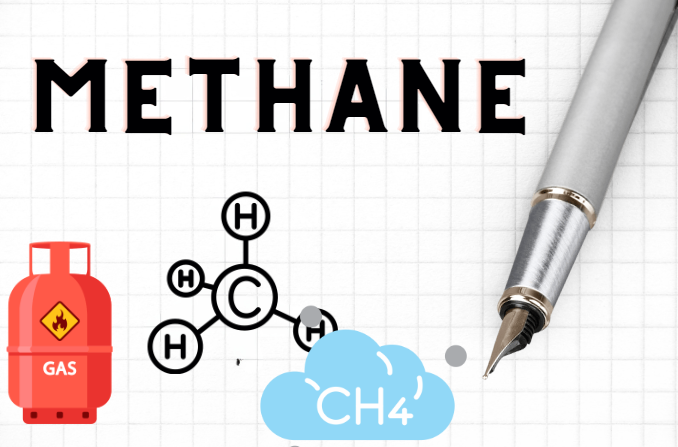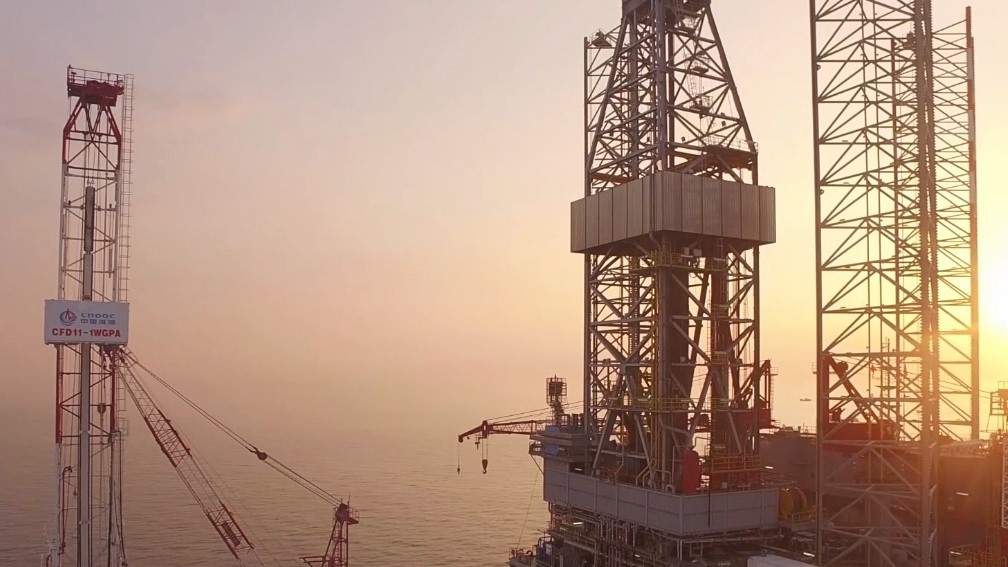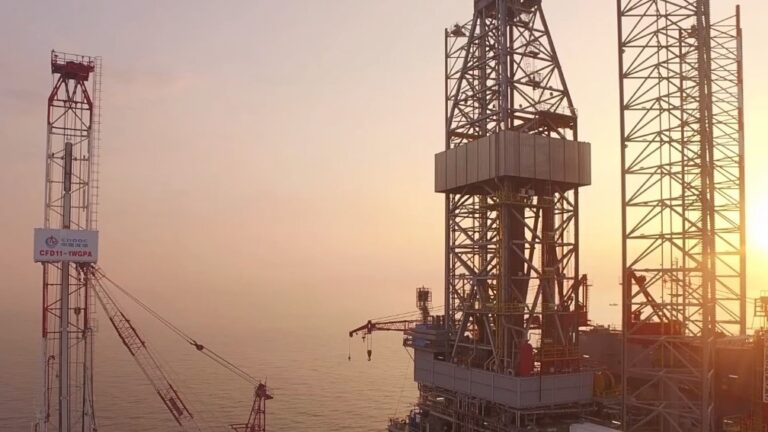Methane is a simple yet profoundly influential chemical compound that plays a significant role in our environment and energy industry. Understanding its properties, including its scent—or lack thereof—is essential for both safety and environmental monitoring.
Methane is a colorless, odorless gas that is the main component of natural gas, a common fuel source. Despite its widespread use and occurrence, many misconceptions exist about its characteristics, particularly its smell.
We aim to clarify what methane smells like and why this matters.
Common Misconceptions
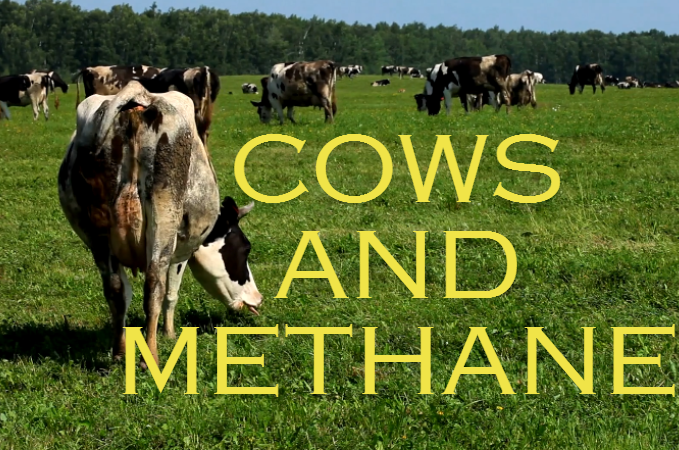
When people think of the smell of natural gas, they often associate it with a pungent odor. Sure, this is a common misconception, as pure methane is actually odorless.
The confusion arises from:
- The addition of odorants to natural gas for safety detection
- The assumption that all gases have a detectable smell
- The reality is that methane, in its natural state, is undetectable by the human nose.
This has important implications for safety and detection, which we will explore further.
The Natural Odor
Methane, a hydrocarbon that is the primary component of natural gas, is inherently odorless. Its molecular structure lacks the necessary attributes to engage the olfactory receptors in the human nose, rendering it undetectable by scent.
This absence of a natural odor in methane means that in its raw state, it can escape into the atmosphere or accumulate in enclosed spaces without any noticeable indication.
The implications of this are significant, particularly from a safety perspective, as methane is highly flammable and can pose serious risks when concentrated.
The natural odorlessness is a key reason why safety measures, such as the addition of synthetic odorants, are critical in commercial and residential uses of natural gas, ensuring that any leaks can be identified quickly and addressed.
Detection and Safety Concerns
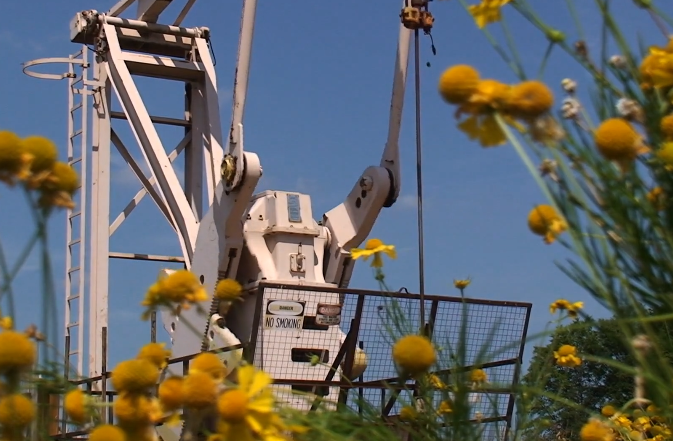
Methane, the primary component of Compressed Natural Gas (CNG), is naturally odorless, which poses significant challenges in detecting leaks. This can lead to serious safety risks, especially in enclosed or densely populated areas. To mitigate these risks and enhance safety, various measures are implemented:
Addition of Odorants
To make natural gas detectable by smell, an odorant, usually mercaptan, is added to it. Mercaptan emits a strong sulfur-like odor that is easily recognizable.
This is a critical safety feature because it allows individuals to detect gas leaks through smell, which is one of the earliest and simplest detection methods available.
Deployment of Gas Detectors and Monitoring Systems
In industrial and residential settings, the installation of gas detectors and monitoring systems plays a crucial role.
These systems are designed to detect methane at concentrations below the lower explosive limits, providing early warnings about potential leaks.
They are essential in preventing accidents, as they can alert people to evacuate and take immediate action to stop the leak.
Safety Measures
Specific safety measures are vital for ensuring the safe handling and use of methane:
- Gas lines, connectors, and equipment should undergo regular inspections to ensure they are in good condition and free from defects that could lead to leaks. These inspections help identify potential issues before they become serious problems.
- Methane detectors should be installed in areas considered at risk for leaks, such as industrial plants, gas stations, and even residential properties that use natural gas. These detectors provide an additional layer of safety by monitoring methane levels and alerting when abnormal concentrations are detected.
Comprehensive Safety Protocols
To further enhance safety, comprehensive safety protocols need to be established and followed. These include:
- Workers handling natural gas should receive thorough training on safety practices, leak detection, and emergency response.
- This training ensures that everyone knows how to act quickly and effectively in case of a leak.
- Facilities using natural gas should have clear, well-practiced emergency response plans.
- These plans should outline the steps to take in the event of a gas leak, including evacuation procedures and methods for isolating and addressing the leak.
- Educating the public about the smell of added odorants, the importance of methane detectors, and the appropriate actions to take if they suspect a leak can significantly enhance community safety.
How About the Environment?

Methane’s presence in the environment is a natural phenomenon, yet it has become a focal point of environmental concern due to its potent greenhouse effect.
This gas is released through a variety of natural sources, including wetlands, where anaerobic decomposition by microorganisms produces this compound as a byproduct.
It is emitted by ruminant animals, such as cows and sheep, through their digestive processes. Human activities, such as fossil fuel extraction and landfill operations, also contribute significantly to atmospheric methane levels.
The gas’s ability to trap heat in the atmosphere at a rate 25 times greater than carbon dioxide over a 100-year period makes it a critical target for climate change mitigation efforts. The environmental implications are profound, necessitating robust detection and management strategies.
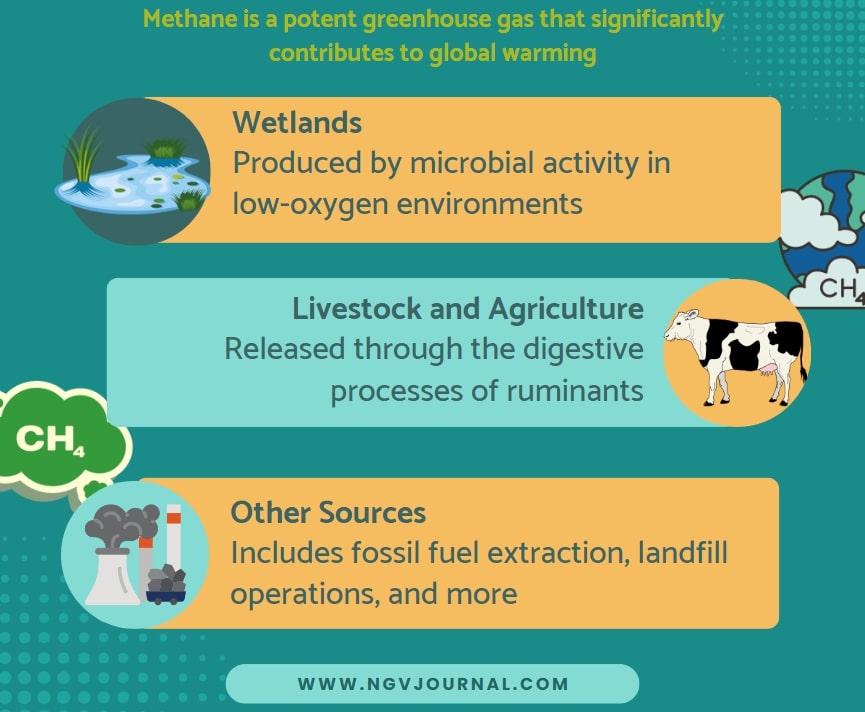
While methane’s natural cycle plays a role in the Earth’s ecological balance, the accelerated release due to human activities has heightened its impact on global warming. Satellite monitoring, ground-based sensors, and policy measures aimed at reducing emissions are part of a concerted effort to address this issue.
The capture and utilization of methane from sources like landfills and agricultural operations are becoming increasingly important, turning a potent pollutant into a valuable resource.
As we strive for a more sustainable future, understanding and managing methane emissions remain a high priority in the global environmental agenda.
Effective detection and management are crucial for:
- Mitigating its contribution to climate change
- Ensuring that natural gas is used efficiently and safely
Practical Implications
The odorless characteristic of methane is a significant factor in the management and safety protocols surrounding its use. Methane, when released into an environment, carries with it no scent that the human nose can detect, making it a stealthy hazard.
This presents a unique challenge, particularly in domestic and industrial settings, where its presence, if unmarked, could lead to dangerous situations without warning. The industry’s response to this challenge has been the introduction of synthetic odors to natural gas supplies, ensuring leaks can be identified quickly.
The silent nature of methane also underscores the importance of technological advancements in detection systems, which are crucial for ensuring safety and mitigating environmental impacts.
Implications of Methane Being Odorless:
- Safety Hazards:
- Risk of undetected gas leaks leading to explosions or fires.
- Potential for asphyxiation in enclosed spaces without proper ventilation.
- Health Concerns:
- Prolonged exposure to methane can cause health issues without early detection.
- Lack of odor can prevent early evacuation and safety measures.
- Environmental Impact:
- Difficulty in detecting methane emissions contributes to its accumulation as a greenhouse gas.
- Challenges in measuring accurate methane levels can hinder climate change mitigation efforts.
- Operational Protocols:
- Increased need for electronic gas detectors in homes and industries.
- Mandatory addition of odorants like mercaptan to natural gas supplies.
- Economic Factors:
- Financial losses due to undetected leaks and the resulting waste of resources.
- Costs associated with implementing safety measures and detection systems.
- Regulatory Compliance:
- Stricter safety regulations and standards for natural gas providers.
- Legal implications for companies that fail to adequately detect and report methane leaks.
- Public Awareness:
- Need for education on the risks of odorless gases and safety practices.
- Importance of emergency preparedness for gas leaks in communities.
The Bottom Line
Methane’s lack of a natural odor is a simple yet critical characteristic that has wide-ranging implications for safety and environmental monitoring. Through the addition of odorants and the use of technology, we can mitigate the risks associated with this invisible gas.
While chemical itself is odorless, our response to its silent presence is anything but. By understanding and respecting its properties, we can continue to harness its value as an energy source while safeguarding our communities and the environment.

